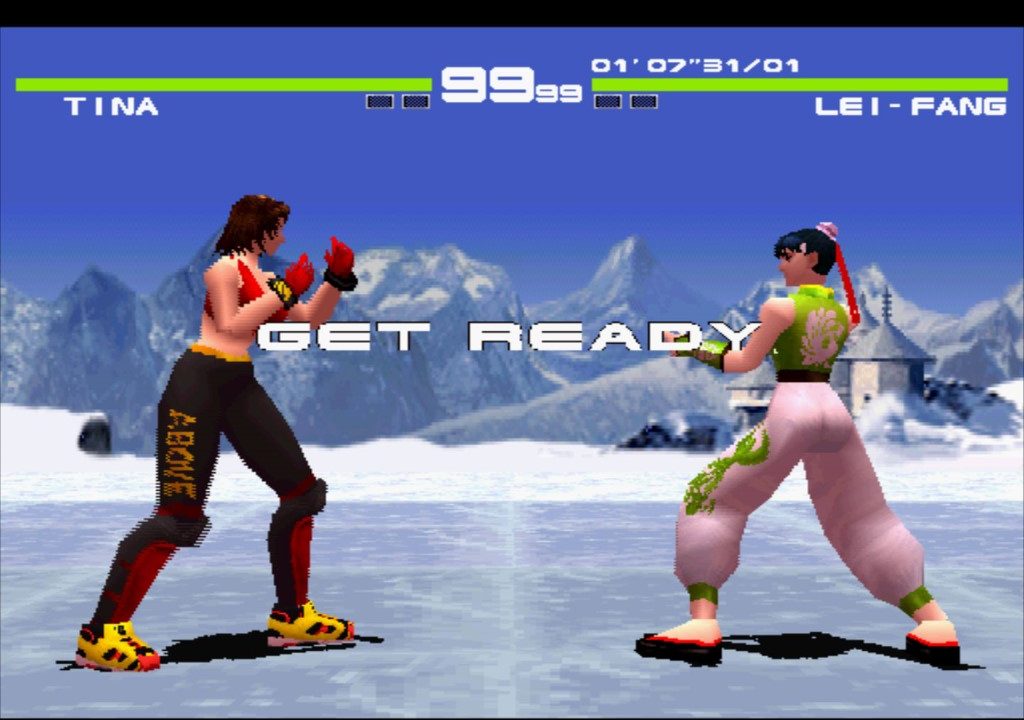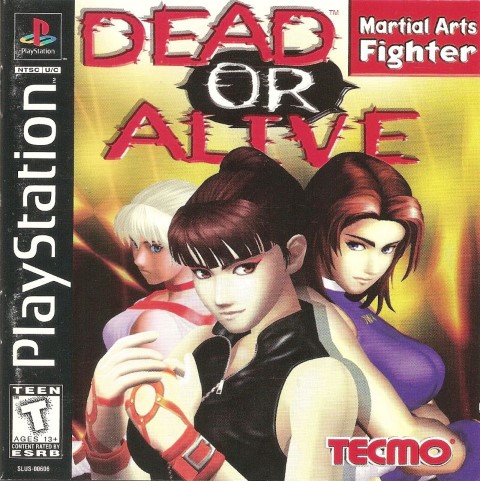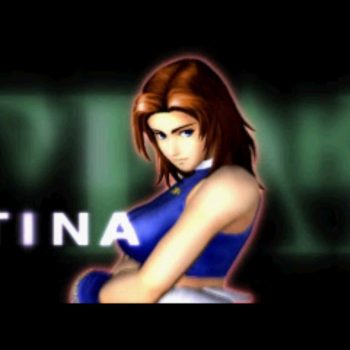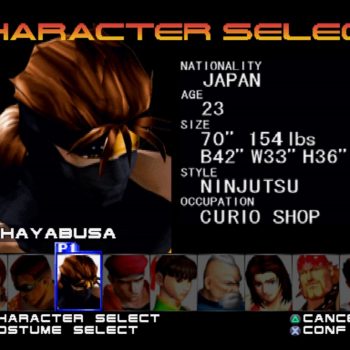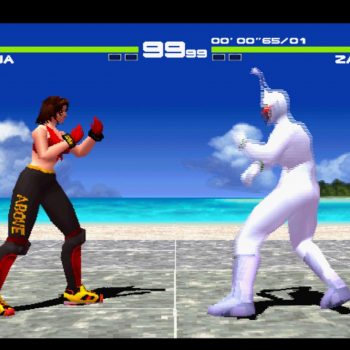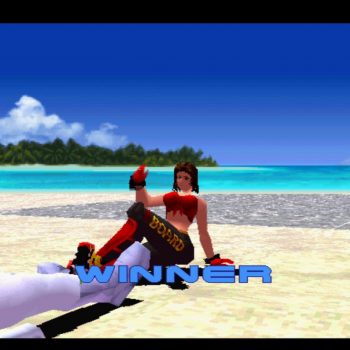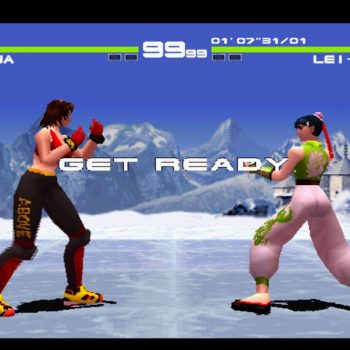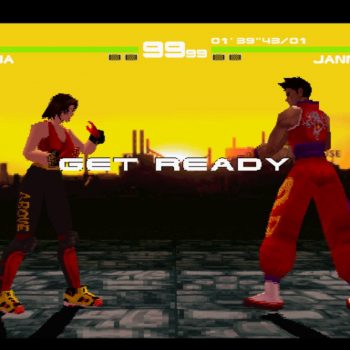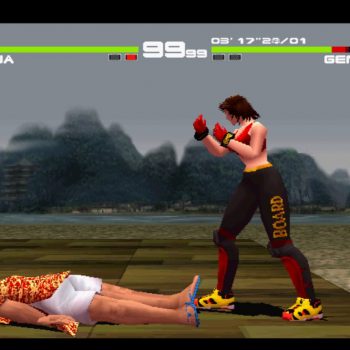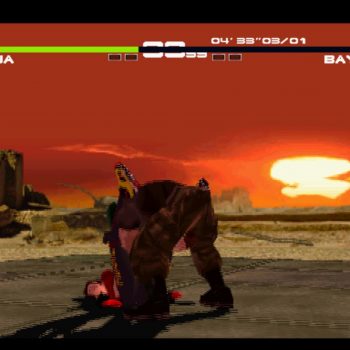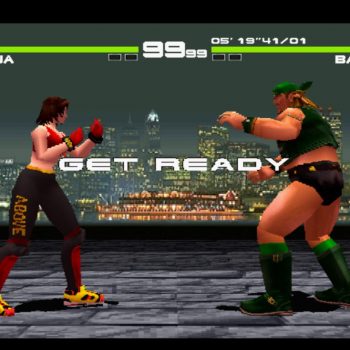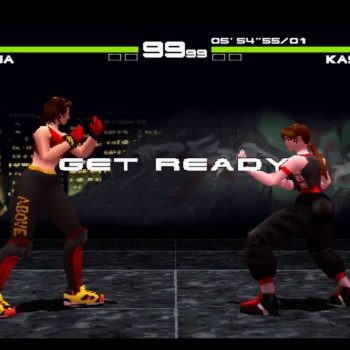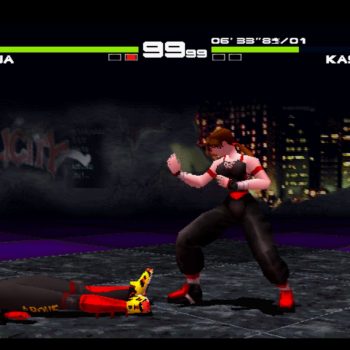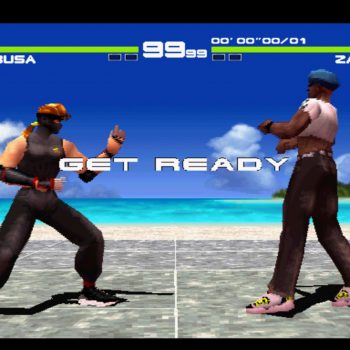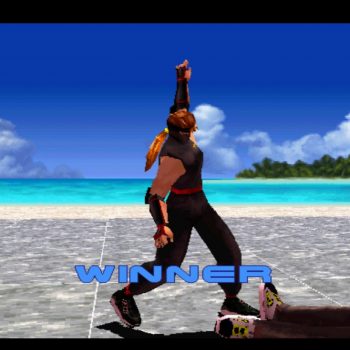Dead or Alive
We are all well aware of the significance of this game and how it launched into a money-making series: bouncing boobs.
In a nutshell, a nearly bankrupt Tecmo went to the drawing board and used sex and violence to get eyes on a video game which is actually much deeper than what you see on the surface. Sure, some top-heavy gals have been heavily featured throughout the years, but when the game was initially started, it drew inspiration from Virtua Fighter, even running on Sega’s hardware – and far surpassing it’s predecessor in almost every way.
The first DOA game came to us in the arcade with Japanese gamers getting a truer port on the Sega Saturn. However, the Saturn version never landed in the US, leaving American gamers to wait nearly two years for a revamped version of the original game on the PlayStation.
Did I mention the significance of this title earlier? Not only was it one of the first non-Sega developed games to use their hardware in the arcade, but it also became the first game from that hardware to arrive on the rival Sony platform.
Oh, and the bouncing boobs ended up saving Tecmo from certain doom too.
But why else did this game succeed?
When comparing the 3-D fighters of the era, DOA was just smooth as butter. It didn’t have the “blocky” or “jagged” appearance of its competitors. The game ran fast, as in Street Fighter II type speed with each move transitioning into the next animation effortlessly. And crazy enough, each of the fighters motions were taken from motion-captured actors as well.
Counter maneuvers were added, which replaced the boring “blocking” of other fighting games. Counters came in the flavor of offensive and defensive “holds”, adding another dynamic which made the game feel tighter control-wise and gave new gamers as much of an edge against seasoned foes.
The plot is almost non-existent, save for playing as Kasumi. The game promptly ends on credits for each of the fighters. The levels can also get repetitive, reusing some of the same effects between stages and simply palette swapping day for night – however, removing “ring outs” for explosive damage is yet another reason DOA feels superior for its time.
The PlayStation version also adds two more playable characters, with Bass Armstrong heavily drawing inspiration from Hulk Hogan in his appearance and stature. The boss, Raidou, is also an unlockable player.
It’s about what you’d expect from a fighting game released in the mid-90’s and may not come off as especially groundbreaking to today’s audiences, but DOA was massively successful and critically acclaimed for its gameplay and audiovisuals.
I would challenge anyone who enjoys retro fighters to put this up against others of the same era: and then realize for yourself just how ahead of its time this first entry into the DOA series was.
